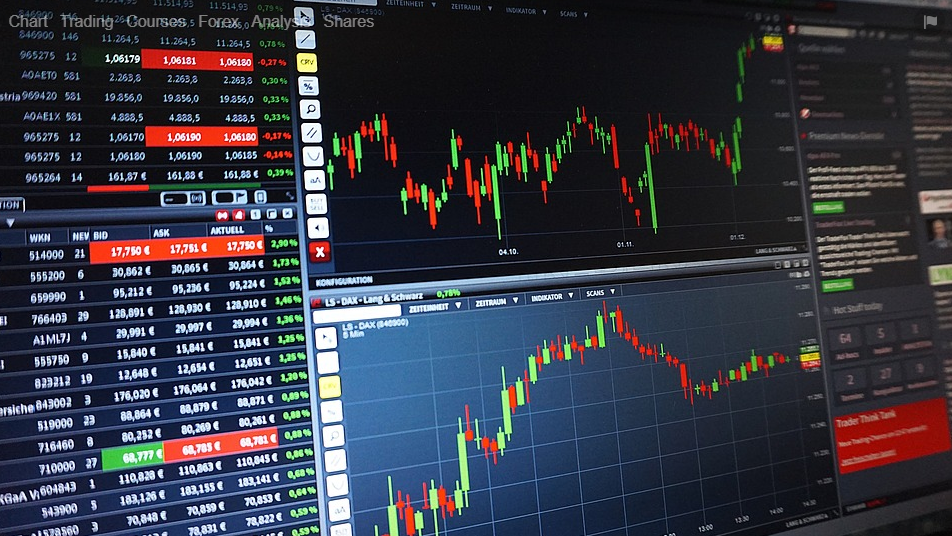Fundamental analysis has much in common with methods of analyzing the real value of stocks and shares which seek to discover whether particular stocks are undervalued or overvalued. In this course, we will explain what fundamental analysis is, and how you can build and execute your own model to analyze different currencies within the market, using it to take a view as to which currencies are likely to rise or fall in value –even if you aren’t an expert economist!
Lesson 1 explains the concept of fundamental analysis in more detail.
Lesson 2 explains the major items of national economic data which need to be analyzed to build a fundamental view of a country’s economy and, by implication, its currency.
Lesson 3 explores the key role played by central banks in Forex fundamental analysis, explaining how to determine whether a central bank is pursuing a course which should tend to either weaken or strengthen its currency.
Lesson 4 concludes the course by bringing together all the threads with an explanation of how to apply the analysis for more profitable Forex trading. Using fundamental analysis can help improve any trader’s profitability and it isn’t as hard as is often assumed, so it’s worth giving it a try!
What is fundamental analysis? It is the interpretation of economic data – “fundamentals” – to determine whether a currency is undervalued or overvalued. Once a “fair value” is determined, this can be compared to the currency market price of a currency, and a view taken on whether the price deserves a rise or fall. Conducting a Forex fundamental analysis is easier than you might think!
Start this Lesson ›
The first step in conducting fundamental analysis is knowing which data to look for, and where to find them. In this lesson, we explain which major economic data points are important for Forex traders to keep track of, and how to interpret them quickly and simply. The most important data in Forex concerns economic growth, inflation, and interest rates
Start this Lesson ›
Central banks control monetary policies such as interest rates and are key in Forex fundamental analysis. All fundamental analysts must have a basic understanding of what central banks do, and what a central bank is trying to achieve regarding a currency at any time. This is because when a central bank is tightening policy, currencies tend to rise in value, and when policy is being loosened, the relevant currency tends to depreciate. Central banks control interest rates, which are of prime importance.
This lesson will explain the essentials of what a central bank does and provide a broad outline of how to interpret the periodic public policy guidance which they give.
Start this Lesson ›
So, once you’ve learned what fundamental analysis is, what economic data and central bank releases to pay attention to, and how to interpret it all – how can you apply this to your Forex trading for a more profitable result? Find out in this lesson how to bring all the knowledge together in practice. This lesson will teach you how to track the “fundamentals” of major currencies, as well as the “sentiment” of the market, providing you at the end with a clear indication of which currency pairs to be seeking long and short trades in.
Start this Lesson ›

We hope you found our site useful and we look forward to helping you again soon!